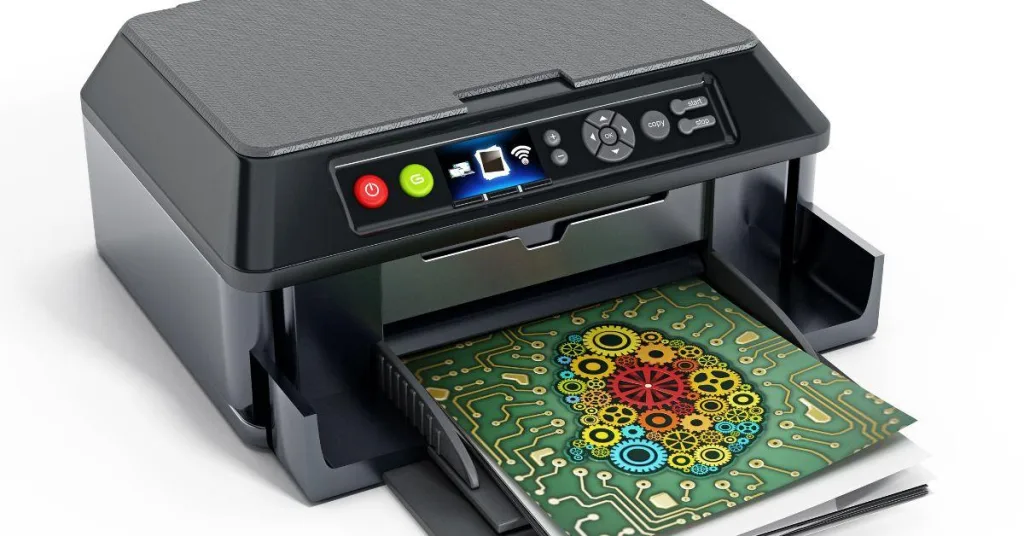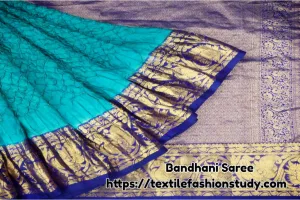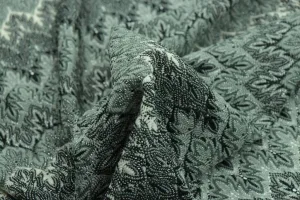Table of Contents
Shipping Incoterms vs. DTF
Shipping terms are crucial decisions in the complex world of international trade. The decision between the cutting-edge Direct-to-Film (DTF) method and the well-established International Shipping Incoterms might greatly impact expenses, efficiency, and logistics. We will examine the foundations of Incoterms for International Shipping, explore the role of DTF in international trade, draw comparisons between the two, and assist businesses in making decisions.
Understanding International Shipping Incoterms
International Commercial Terms, or Incoterms for short, are a collection of uniform guidelines that specify what sellers and purchasers must do while doing business internationally. The International Chamber of Commerce (ICC) created these phrases, which outline who bears responsibility for cost, risk, and logistics at different points in the transportation process. Incoterms, which range from EXW (Ex Works) to DDP (Delivered Duty Paid), offer a foundation for smooth international trade by encouraging uniformity and clarity in contractual terms.
What is DTF in International Trade?

Direct To Film (DTF) is a cutting-edge printing method that has superseded conventional techniques in the manufacturing process. Direct printing of drawings onto Film, which is subsequently transferred onto the intended substrate, is known as DTF in international trade. This creative method revolutionizes the manufacturing and customization of items by putting affordability, adaptability, and superior printing quality front and center.
Innovation is a driving factor behind the transformation of old methods in the dynamic field of international trade. Direct To Film (DTF) is an innovative technology that has surfaced to revolutionize manufacturing. This cutting-edge printing method has become well-known for its effectiveness, adaptability, and capacity to satisfy the needs of contemporary companies involved in global trade.
Direct-to-Film, or DTF for short, is the name of a contemporary printing technique that prints graphics directly onto specialized film. The intended substrate, such as fabrics, ceramics, plastics, and more, is then covered with this film. DTF offers a more economical and efficient answer to traditional printing processes by directly transferring the design onto the film, streamlining the manufacturing process, and eliminating the need for intermediate steps like screens or plates.
Principal Characteristics and Benefits of DTF in Global Trade:
Cost-effectiveness
DTF does not require the screens or plates frequently used in conventional printing. Its ability to save setup costs and enable affordable short runs makes it a desirable choice for companies involved in global trade with a range of production requirements.
Versatility
One of DTF’s key characteristics is its adaptability. This printing technique can be used on various substrates, meeting the various product needs common in global marketplaces. Customizing fabrics, ceramics, or plastics is only one example of how DTF’s adaptability fits well with the ever-changing nature of international trade.
Fast Turnaround
DTF’s direct printing method drastically reduces manufacturing times. In situations involving international trade, when responsiveness to consumer needs and making deliveries on schedule are essential for preserving a competitive edge, this speedy turnaround is priceless.
High-Quality Prints
You may get prints with sharp details and vivid colors using DTF technology. This guarantees that the finished product satisfies or exceeds the quality standards anticipated in global marketplaces, enhancing consumer happiness and brand recognition.
Customisation
Meeting consumers’ varying tastes and market trends is a common aspect of international trade. DTF is a useful tool for companies trying to meet certain local, regional, or international demands because of its effective design customization capabilities, boosting market share and customer loyalty.
Applications for DTF can be found in many sectors of the global commerce industry. Producing promotional products, signs and graphics, personalized product development, and clothing manufacturing are noteworthy industries that benefit from this cutting-edge printing technology. Because of its adaptability, DTF is a flexible option for companies that operate in a worldwide market with constantly shifting customer needs.
A comparison between Incoterms and DTFs
Price and Effectiveness:
- Incoterms: describe how the buyer and seller split expenses and duties. The selection of Incoterms affects the shipment cost, insurance, and overall logistics effectiveness.
- DTF: This cutting-edge printing technique directly lowers manufacturing costs by eliminating the requirement for conventional printing supplies and setup. It provides a more affordable option for personalized and small-run printing.
Risk Control:
- Incoterms: Clearly state when, during shipment, the buyer assumes responsibility for the goods.
- DTF: Minimises waste and ensures high-quality prints by lowering the possibility of printing errors.
Personalization and adaptability:
- Incoterms: Mostly concerned with terminology related to shipping and logistics, with little bearing on product customization.
- DTF: Extremely adaptable, enabling customization on a range of substrates, including fabrics, ceramics, and plastics, providing companies with the freedom to satisfy a wide range of consumer expectations.
Production schedules and logistics:
- Incoterms: Indicate where responsibility is transferred, impacting the logistics schedule.
- DTF: Eliminates the requirement for conventional printing settings, significantly cutting production times and enabling faster responses to market demands.
Choosing the Right Terms for Your Business
Your worldwide trading strategy, the need for product customization, and the type of your firm will all influence your decision between Incoterms and DTF transfer wholesale. Consider variables including the production volume, potential financial effects, and your desired degree of control over the printing process.
Conclusion
The decision to choose between DTF innovations and International Shipping Incoterms in the ever-changing world of international trade is strategic rather than binary. Incoterms offer a strong structure for handling the intricacies of international transportation, whereas DTF transfer wholesale presents a revolutionary manufacturing method. Businesses may customize their strategy, increasing productivity, cutting expenses, and securing their position in the cutthroat world of global trade by knowing their subtle differences.
Courtesy To:
- Esha Khan
- Email: eshakh048@gmail.com





